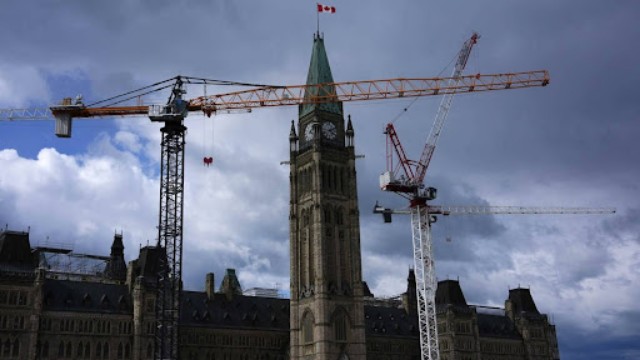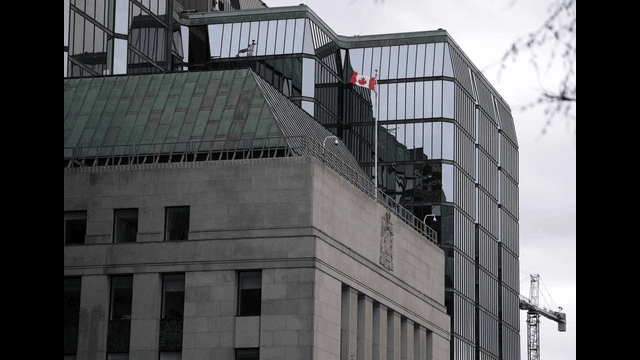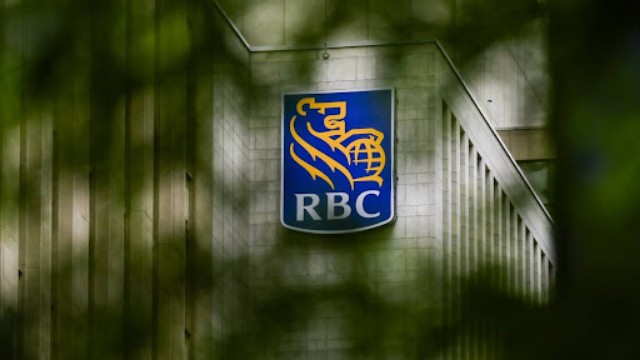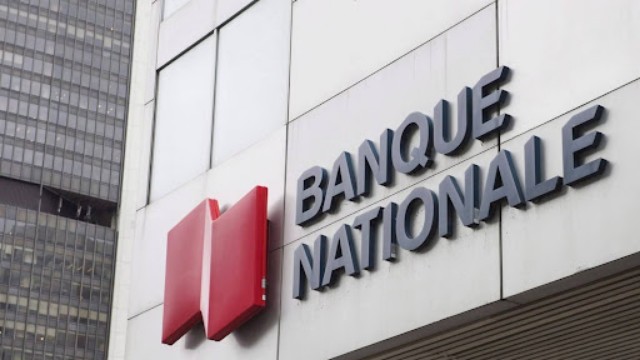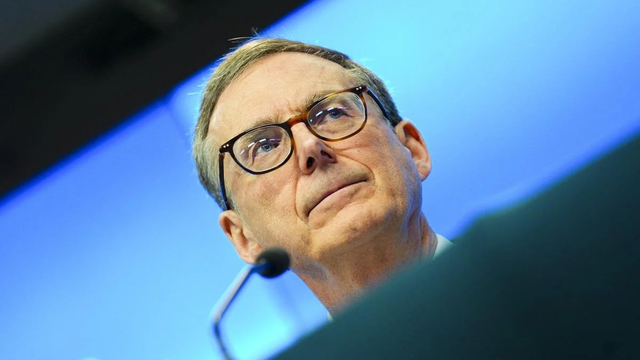
The Bank of Canada is set for an interest rate decision on Wednesday. Tiff Macklem, governor of the central bank, holds a press conference at the Bank of Canada in Ottawa on Wednesday, March 12, 2025. THE CANADIAN PRESS
The Bank of Canada faces a make-or-break decision this week. Its interest rate call, due Wednesday, has economists divided and the markets on edge. While some warn it’s time to ease rates, others fear that doing so could reignite inflation.
Central bank governor Tiff Macklem isn’t leaping off airplanes like Tom Cruise. But his job this June might feel just as daunting.
“Mission Impossible” for Tiff Macklem
Economists liken the current scenario to a no-win situation. Inflation pressures seem to be building again. At the same time, early signs of an economic slowdown are flashing red.
Andrew DiCapua, principal economist at the Canadian Chamber of Commerce, summed it up plainly: “It really is mission impossible.” He believes rate cuts should resume soon to protect the economy from what lies ahead.
The Numbers Say One Thing…
Canada’s policy rate currently stands at 2.75 per cent, after holding steady in April. Before that, the bank had made seven straight cuts. With GDP growth clocking in at a surprising 2.2 per cent annualized in the first quarter, markets are betting on another rate hold.
Even BMO, reacting to the strong data, now expects the next rate cut to come in July—not June.
Doug Porter, BMO’s chief economist, notes that GDP “shows no obvious distress signals so far in 2025.” But that’s not the whole picture.
…But the Outlook Feels Very Different
Many experts say the central bank’s dilemma lies in what’s ahead—not just in what’s already happened.
A recent Bank of Canada survey showed business sentiment has dropped sharply. The reason? Uncertainty around U.S. tariffs. President Trump’s sudden decision to double tariffs on steel and aluminum by Wednesday adds new pressure.
To stay ahead of the changes, many Canadian firms boosted exports and inventories in Q1. That gave the economy a temporary lift—but not one that’s built to last.
Macklem acknowledged this in May at the G7 Finance Ministers’ Summit. The first quarter, he said, would look strong, but “the months that follow will be quite a bit weaker.”
Jobs Data Tells a Softer Story
April’s jobs report brought the first real warning signs. The manufacturing sector lost around 31,000 jobs. The national unemployment rate rose to 6.9 per cent.
Typically, slower growth would cool inflation. But inflation data from April showed the opposite: price pressures were heating up.
That’s where things get risky. Cutting rates now might help soften the slowdown—but could make inflation worse.
Walking the Inflation Tightrope
DiCapua acknowledges that, under normal circumstances, holding rates would make sense. But with the economy weakening, he argues that inflation might cool on its own.
Stephen Brown from Capital Economics agrees. He expects three more cuts by year-end, starting in June. The June cut, he says, could serve as insurance—guarding against a deeper downturn.
Psychological Stakes Are High
Beyond hard data, Brown sees a psychological risk. If the bank doesn’t cut, it may signal to consumers and businesses that help isn’t coming. That could slow spending even more—hurting growth further.
Still, not everyone is ready to move. CIBC’s chief economist Avery Shenfeld thinks the Bank will hold this time. But he adds a warning: “The clock will start to tick louder” for rate relief if the economy stays soft.
The Bank of Canada’s June decision won’t be final. But it could set the tone for what comes next.







